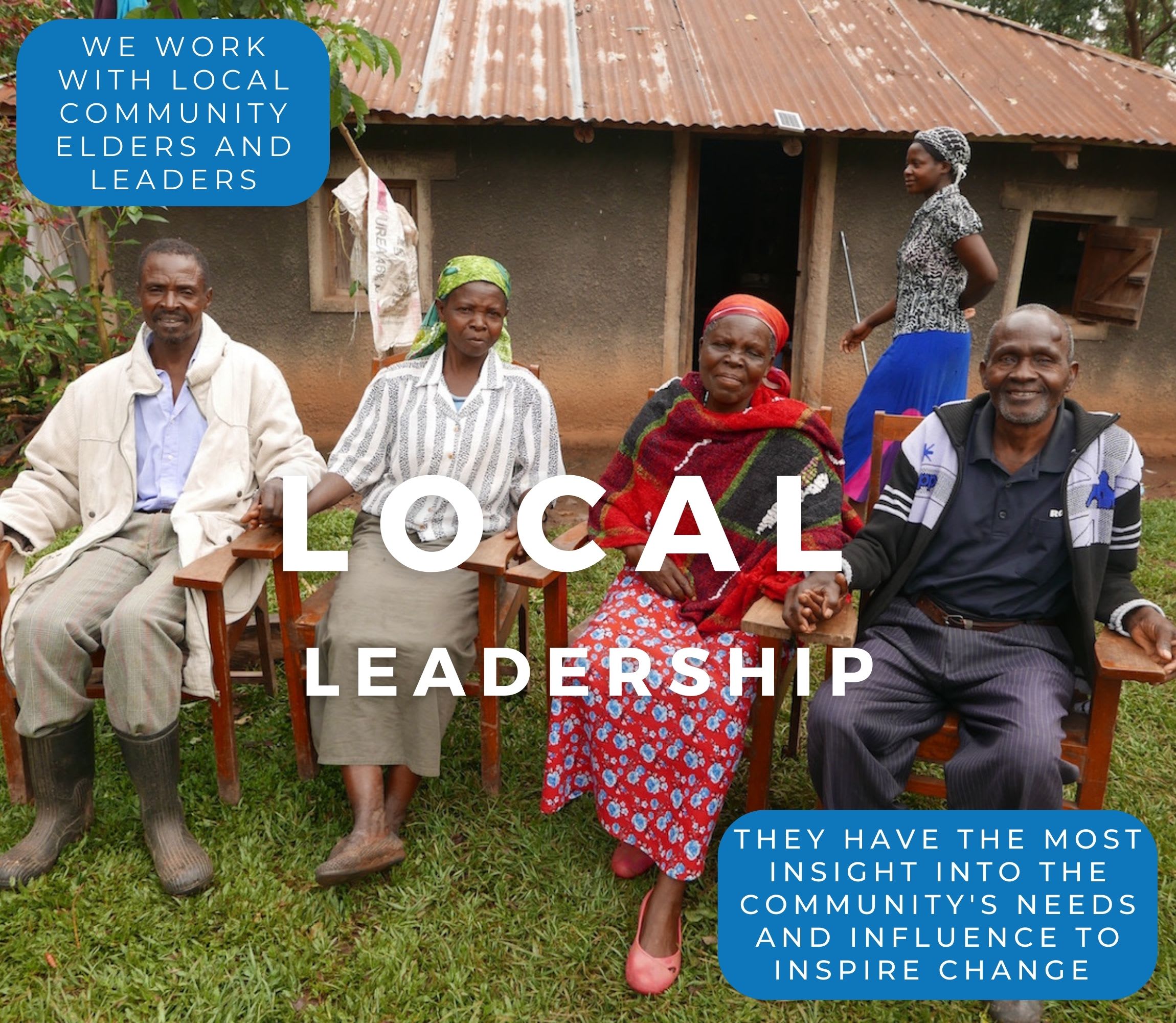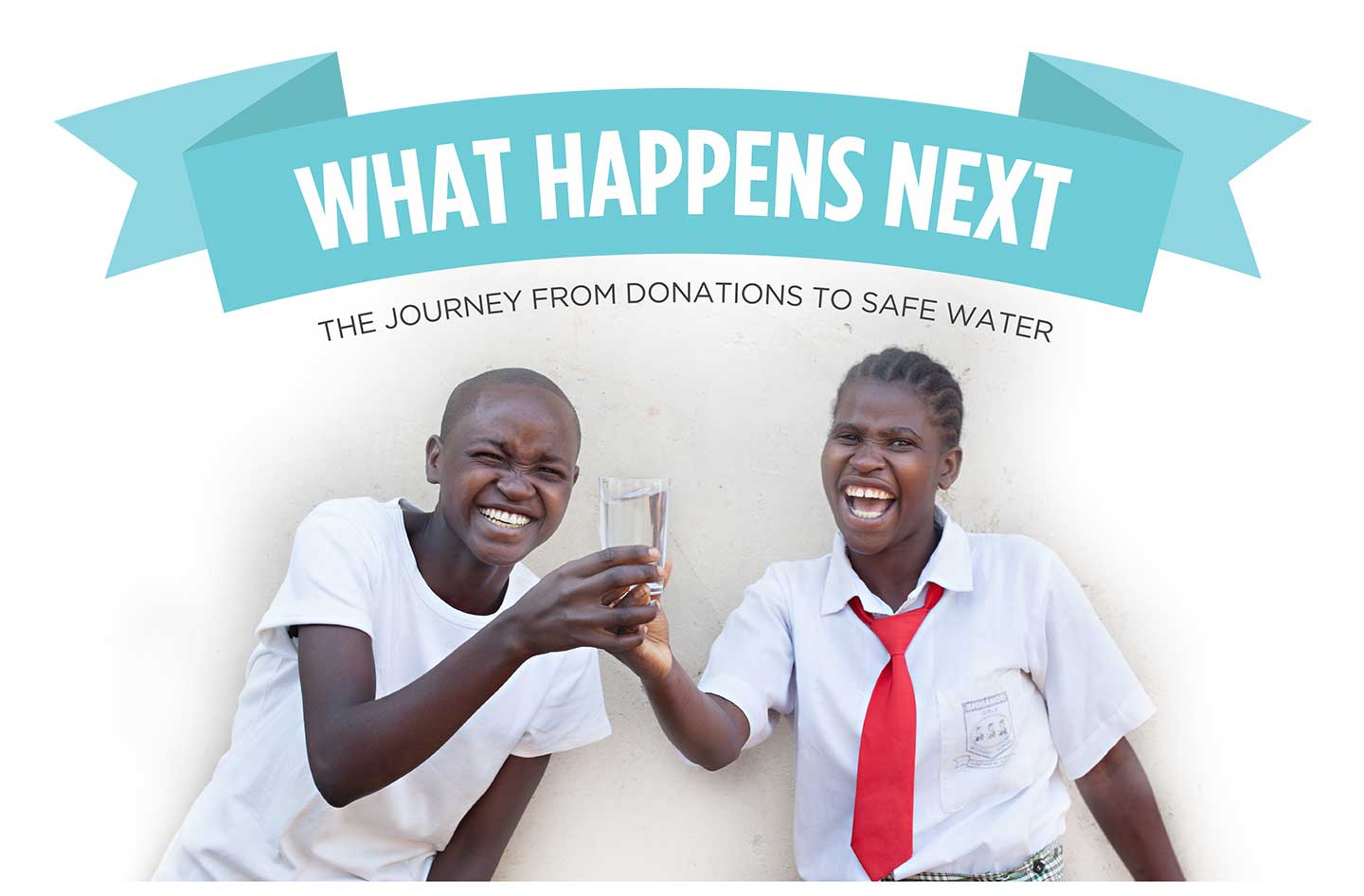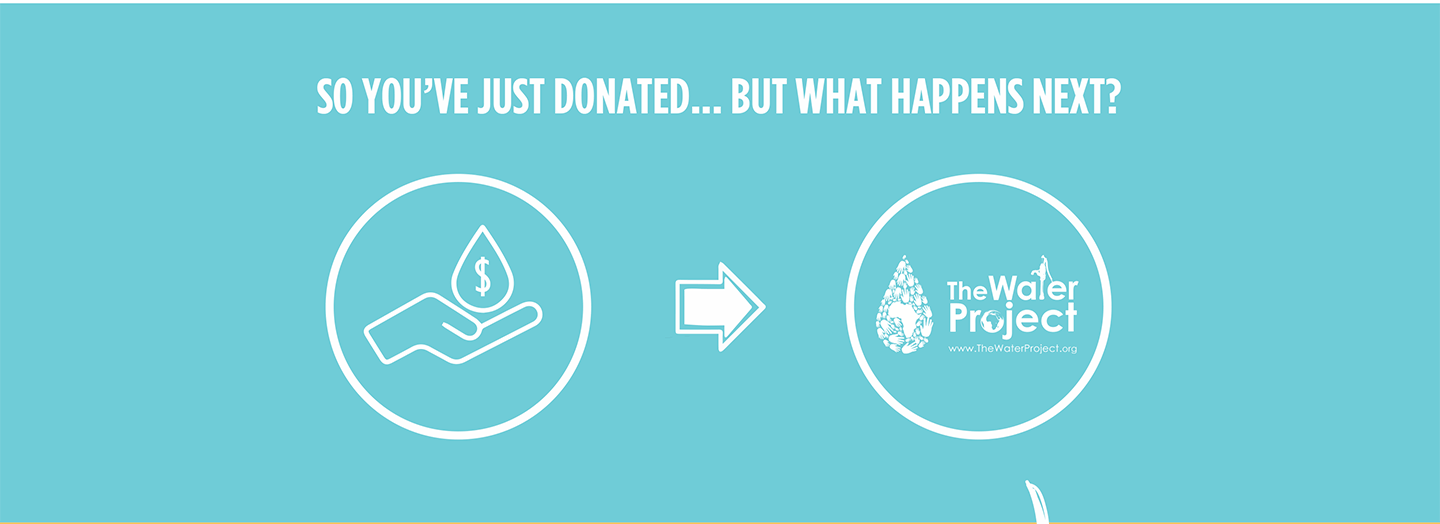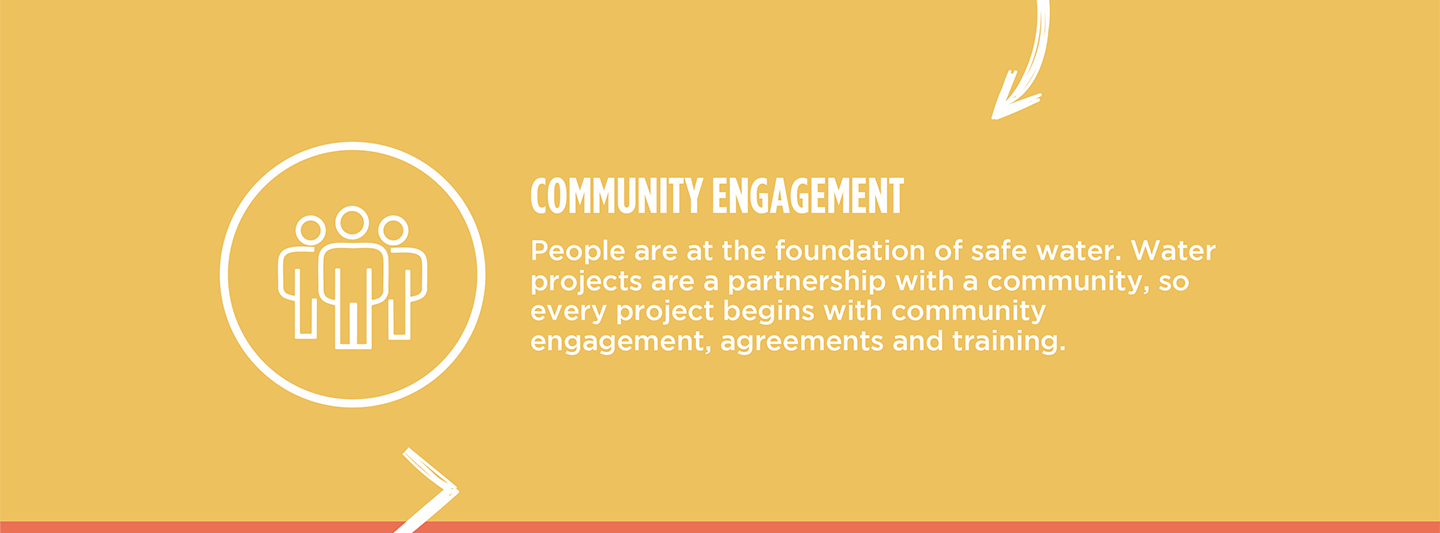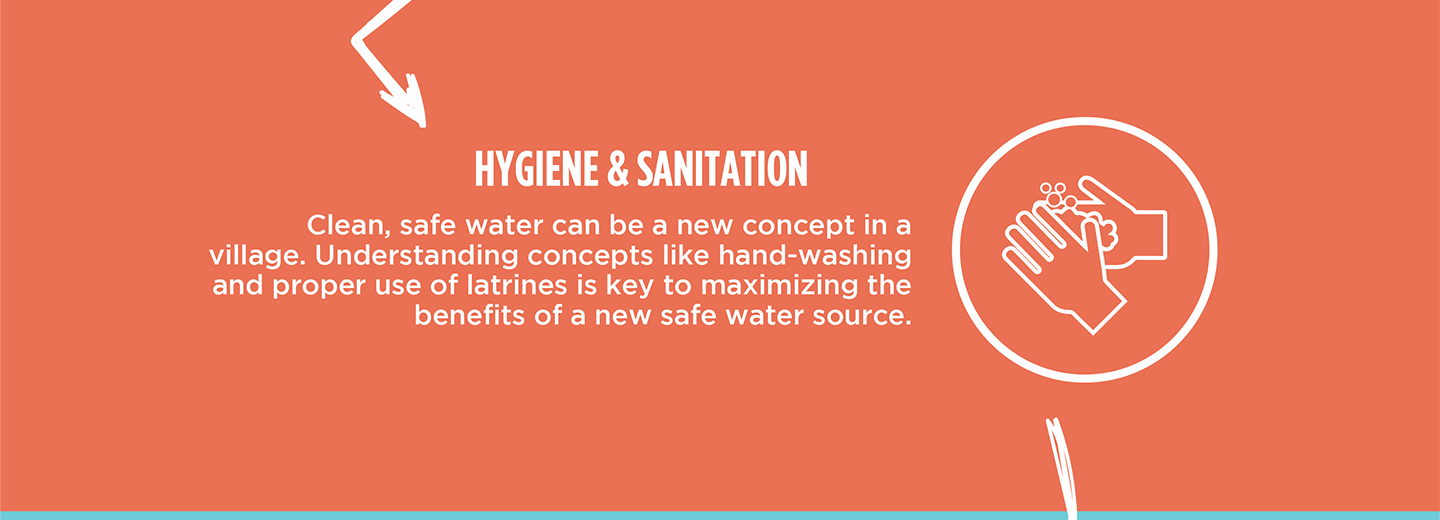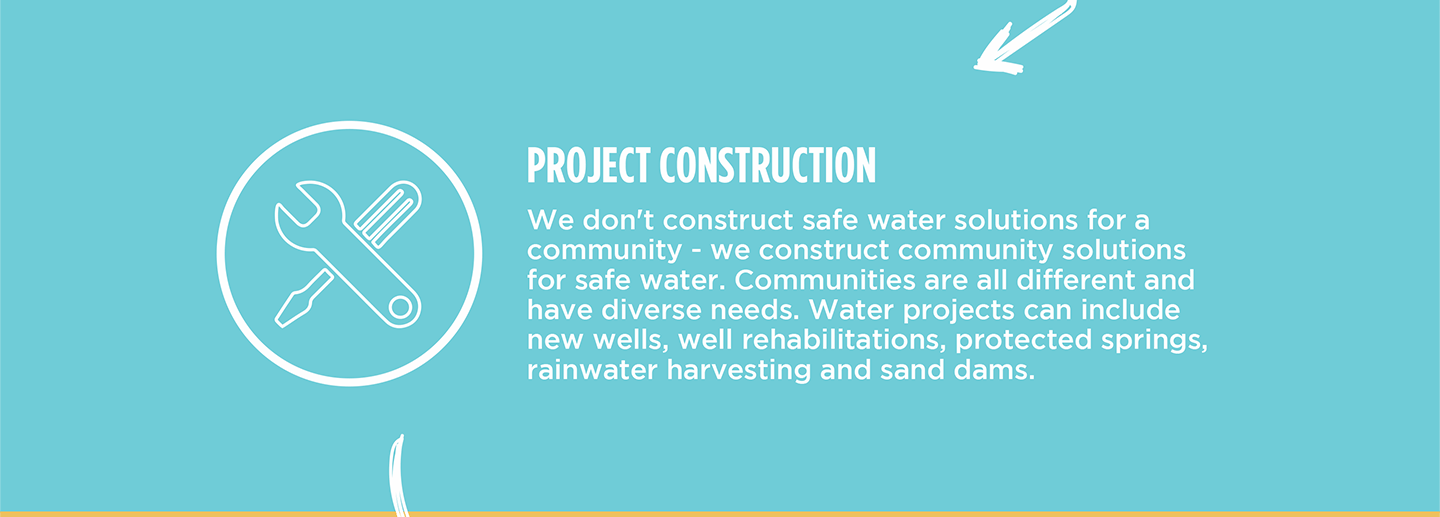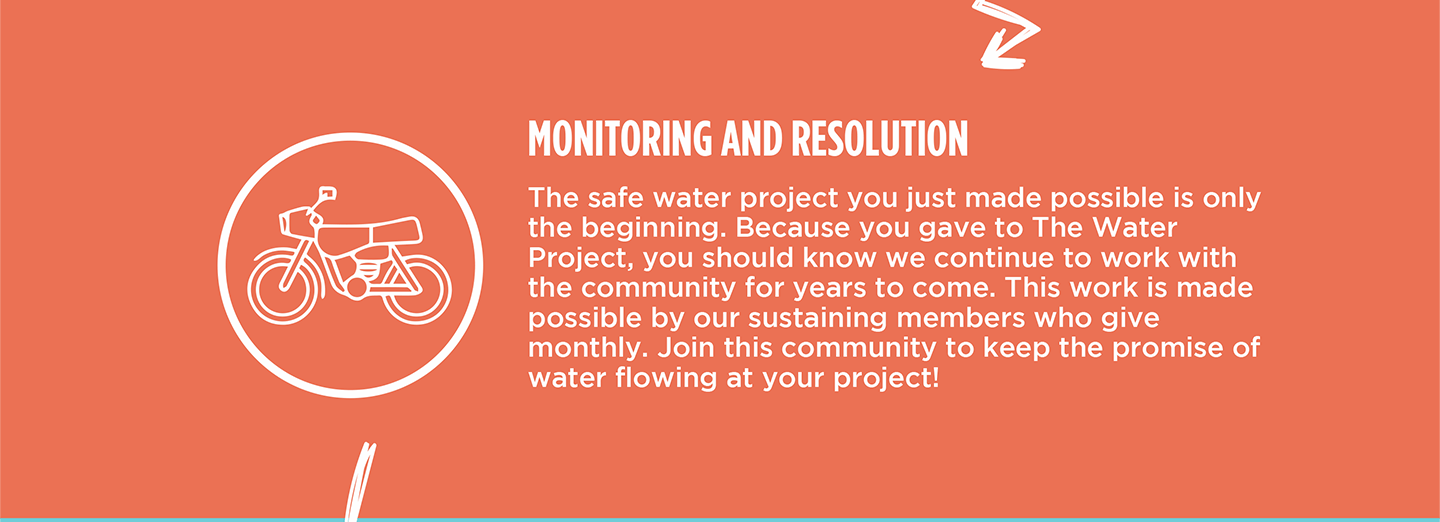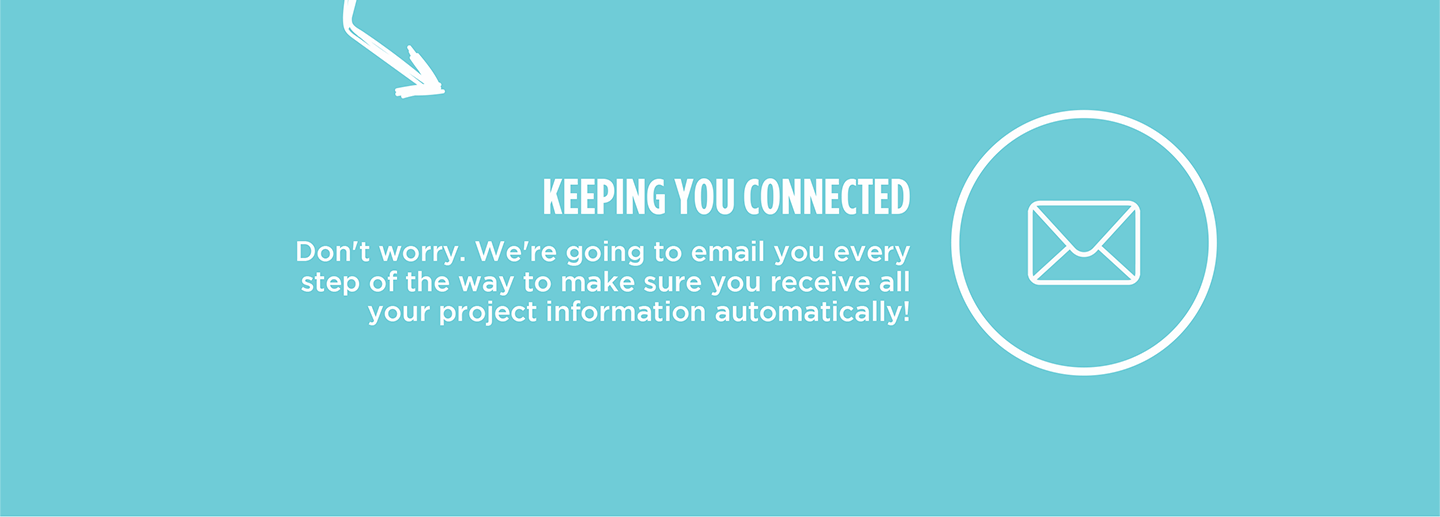It takes the 800 community members who live in Kamuuwani well over two hours for each trip to collect water. They have two options: they can collect water from a scoop hole at Iguini River or pay for water from a public standpipe, but both sources are five kilometers (three miles) away.
The scoop hole is overcrowded, and covering the long distance to reach the dry riverbed is time-consuming and exhausting. When there is water, it is often contaminated by animal excrement, dust, and human activities, exposing people to water-related infections like stomachaches, typhoid, and amoebas.

"Fetching water from [the] Iguini river that is 5kms away is a dreary activity, and sometimes there is no water. Thus, you have to wait for the entire day. For instance, last week, there were a lot of people at the water point, and the water is too little to satisfy all of us, thus I spent the entire day at the water point with little water for drinking and cooking," said 34-year-old farmer Stella Kukia, seen above scooping water.
"Increased water collection time reduces the amount of water that a household uses per day, effectively reducing the amount of clean water available for drinking, cooking and hygiene practices." - Science Direct/MDPI
The scoop hole runs dry during extreme drought periods (like the one currently happening in Kenya), forcing community members to pay for motorcycle water vendors, who find water from other locations, but this is money they cannot afford to waste.
"Iguini River is far away. We spend up to five hours fetching water, [so] meals are prepared late often because fetching water is time-consuming and the available water is inadequate," said 12-year-old Nehema N., shown below carrying walking to get water.

She continued: "Failure to carry water to school means I will not have water to drink, and I may face disciplinary action from the school. Sometimes, I stay at home because I do not have water to carry to school. For instance, I have not gone to school today."
“It is projected that by 2040, almost 600 million children will be living in areas of extremely high water supply stress conditions.” - UNICEF
The alternative option is for people to collect water from a public standpipe, where residents must purchase water. But sadly, the tap is also overcrowded, runs dry often, and is rationed by the municipality, so it is not always available even when people can afford the extra expense.

All of the time spent searching for and collecting water means residents have less time and energy to focus on other activities that would improve their daily lives.
The community needs a nearby water source that will offer sufficient, safe water to meet their daily needs.
What We Can Do:
Our main entry point into the community is the Self-Help Group, which comprises households working together to address water and food scarcity in their region. These members will be our hands and feet in constructing water projects and spreading the message of good hygiene and sanitation to everyone.
Sand Dam
After the community picked the ideal spot, our technical team went in and proved the viability by finding a good foundation of bedrock. Now, our engineers are busy drawing up the blueprints.
We are unified with this community to address the water shortage. As more sand dams are built, the environment will continue to transform. As the sand dams mature and build up more sand, the water tables will rise. Along with this sand dam, a hand-dug well will be installed to give community members an easy, safe way to access that water.
Building this sand dam and the well in this community will help bring clean water closer to the many people living here.
Training
These community members currently do their best to practice good hygiene and sanitation, but their severe lack of water has significantly hindered reaching their fullest potential.
We will hold hygiene and sanitation training sessions with the Self-Help Group and other community members to teach essential hygiene practices and daily habits to establish at the personal, household, and community level. This training will help to ensure that participants have the knowledge they need to make the most out of their new water point as soon as the water is flowing.
One of the most important topics we plan to cover is handling, storage, and water treatment. Having a clean water source will be extremely helpful, but it is useless if water gets contaminated when it is consumed. We will also emphasize the importance of handwashing.
The community and we firmly believe that all of these components will work together to improve living standards here, which will help to unlock the potential for these community members to live better, healthier lives.
We typically work with self-help groups for 3 to 5 years on multiple water projects. We will conduct follow-up visits and refresher training during this period and remain in contact with the group after all of the projects are completed to support their efforts to improve sanitation and hygiene.





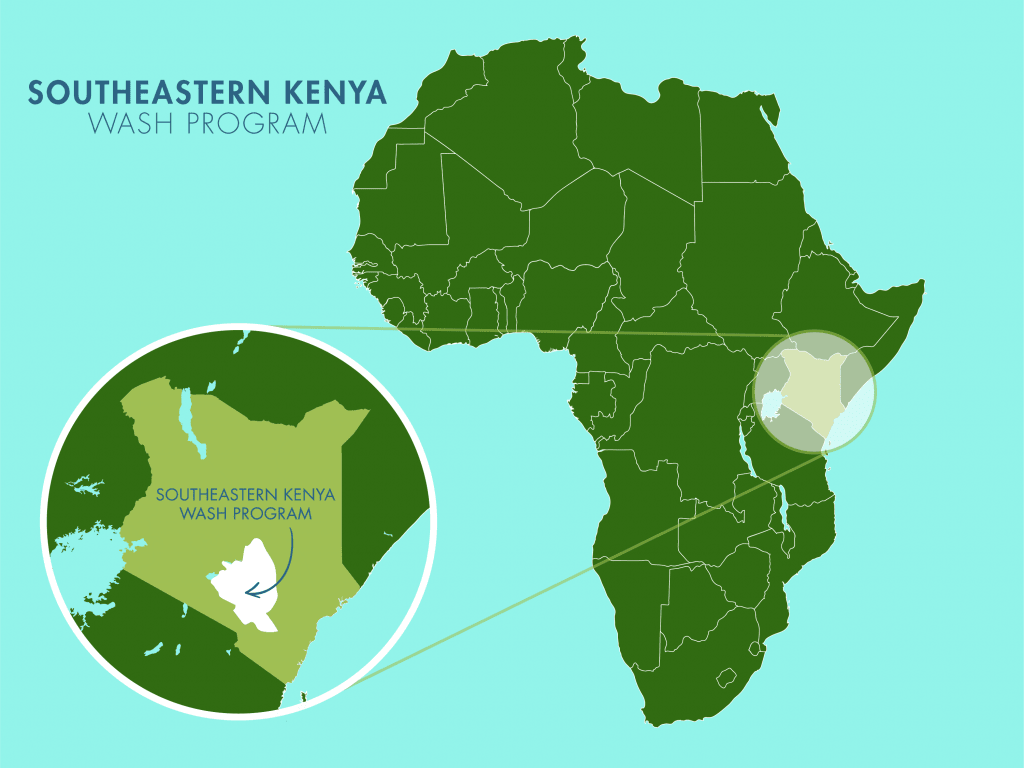
 Sand Dam
Sand Dam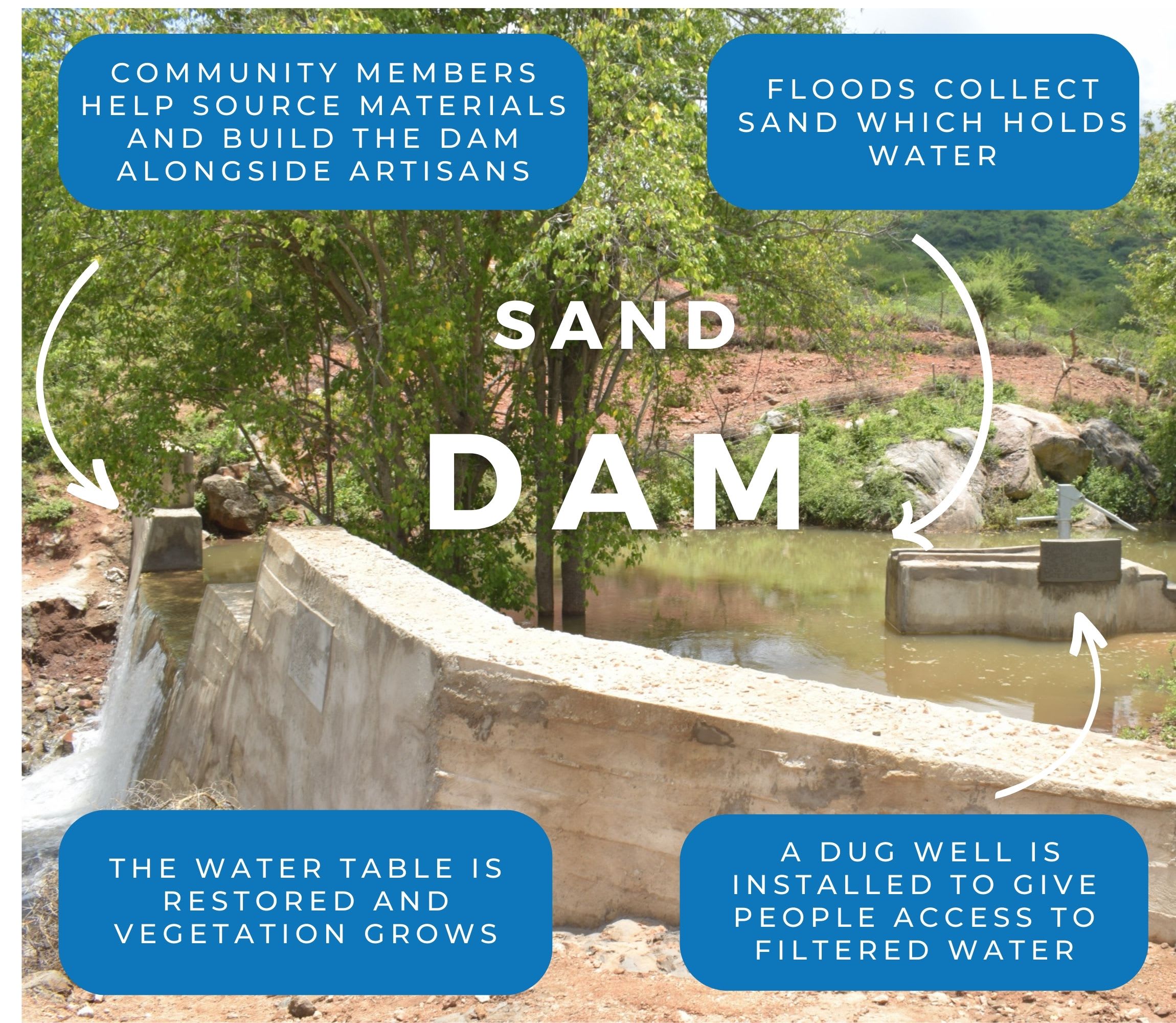
 Rehabilitation Project
Rehabilitation Project

